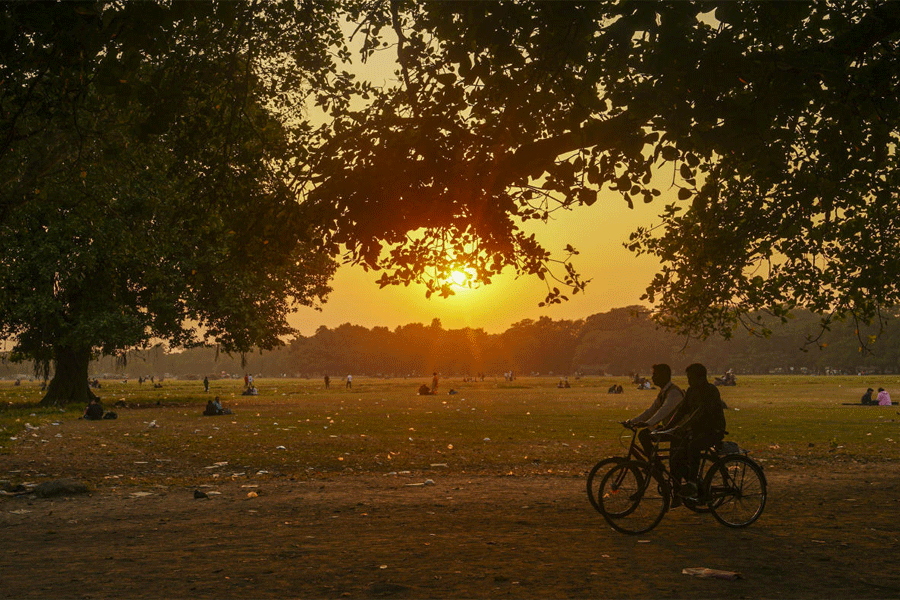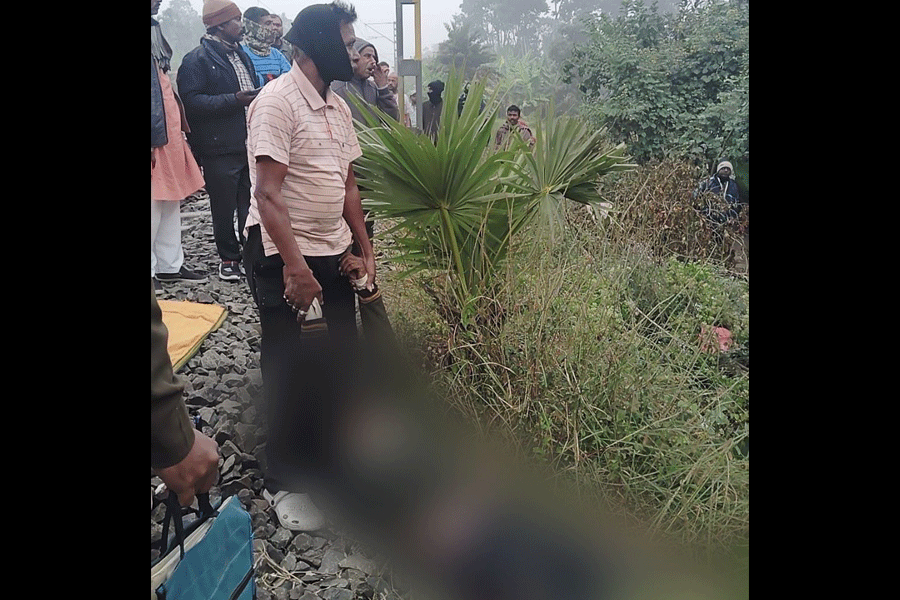The Debrigarh Wildlife Sanctuary in Bargarh district of Odisha has recently gained prominence as one of the foremost destinations for wildlife enthusiasts in the state.
Spanning an expansive 353sqkm along the banks of the Hirakud water reservoir, approximately 250km from Bhubaneswar, this sanctuary offers sightings of bison, sambars, deer, wild boars, peacocks, langurs and bears, all thriving in their natural habitat. Of particular note is the sanctuary’s claim of a staggering 95 per cent likelihood of encountering the elusive leopard during a visit, adding an extra thrill to the adventure.
Hirakud wildlife divisional forest officer Anshu Pragyan Das told The Telegraph: “Ecotourism has achieved visionary economic revenue of Rs 3.45 crore during this financial year with 70,000 tourist footfall — highest revenue in Odisha. Nearly 50 per cent tourists are from Odisha, 20 per cent Bengal, 30 per cent from other 15 states of India and foreigners from Europe, USA, the UK and Australia.”
She said: “The promising revenue is a result of hard work and commitment of 87 families managing 14 night-stay cottages, safari, cruise, trekking, hiking, kayaking, bird watching, library, food services, souvenir shop and also protecting serenity of grasslands, saltlicks and resting zones of animals and so on inside the tourism zone scientifically for easy sighting of animals in this area as it adds to their livelihood.”
She said: “Due to large-scale village relocation and aggressive grassland management, the density of animals has increased. It has become a healthy trend in the sanctuary resulting in more animal presence in periphery areas like the tourism zone which also has reservoirs all along.”
Stating how the involvement of community members helped the cause, Das said: “Reduced hunting (employment to community members and hardcore poachers) and zero biotic pressure (relocation of all villages and now no human habitations inside the sanctuary) have contributed maximising towards making Debrigarh the ‘top most’ visited wildlife area in Odisha.”
On April 1, the officials declared the Debrigarh sanctuary free from “single use of plastic” in the tourism zone. “All 48 protection establishments inside Debrigarh have been made eco-friendly. As many as 150 squads and frontline staff members staying inside the sanctuary have been provided with sufficient jute bags for their daily use, unbreakable glass water bottles and storage bins to avoid inconvenience,” she said.
The forest department has also trained all the 87 community members managing ecotourism facilities for the use of automated machines for cleaning, sufficient water purifiers in many water points, unbreakable glass bottles and other accessories for regular use. The use of brass articles has also been initiated from April to upscale community ecotourism, use of sophisticated paper accessories, carriers for carriage and storage facilities have been made for convenience at all levels.











